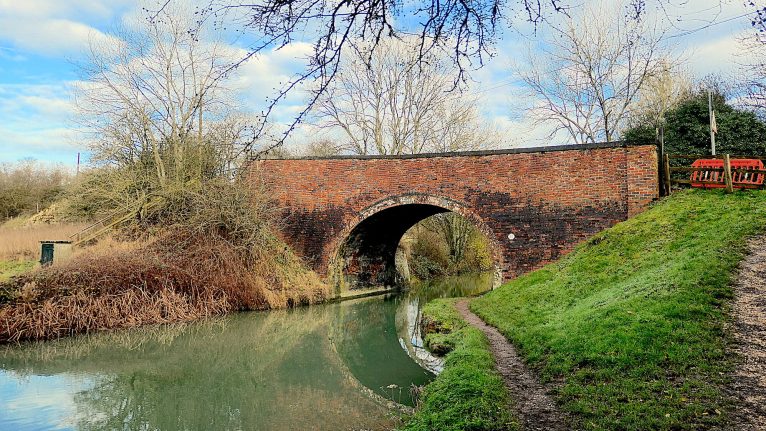Going for a walk on a Scottish island often involves battling with the wind. But the residents of Gigha now have reason to celebrate when a brisk breeze blows. In fact, by taking a short walk up a hill they get a sense of how their community-owned turbines are harnessing the power of the wind to make money for local projects. A four-foot plinth with illuminated yellow digits spells out the money being made with each turn of the blades. And the rewards are quite considerable.
Fergus Waters is CEO of Gigha Heritage Trust. “Since the residents of Gigha purchased the island 15 years ago, we have benefited from a sense of self-determination,” he says. “We are no longer exposed to the fickle nature of markets or the whims of an individual landowner. The wind farm brings money directly into the community and allows us to invest in our future.”
So far Gigha has spent money building new homes and improving housing stock. The population has grown from 90 people to around 170. So the school is thriving and local people are able to pull together to run a farm, a shop and a hotel.
Throughout Scotland there are around 500 schemes that generate power and cash for the good of locals, and it’s being done in ever more imaginative ways. Ian Garman is innovations officer for Community Energy Scotland (CES) and has a vision for the Orkney island of Eday.

“Energy is generated from the community-owned wind turbine and then some of it is used to extract hydrogen from water,” he says. “The hydrogen is presently shipped to Kirkwall harbour on mainland Orkney but I look forward to the day when Eday is served by a ferry fuelled entirely by hydrogen. Then the ship could simply fill up on fuel when she puts into port.”
CES has a simple aim. Garman says: “We help communities to find ways to generate income through energy generation and to find ways to reduce their energy outgoings. For fragile rural communities, the money allows people to stay in an area they might otherwise have to leave, and it attracts incomers who then keep schools viable.”









